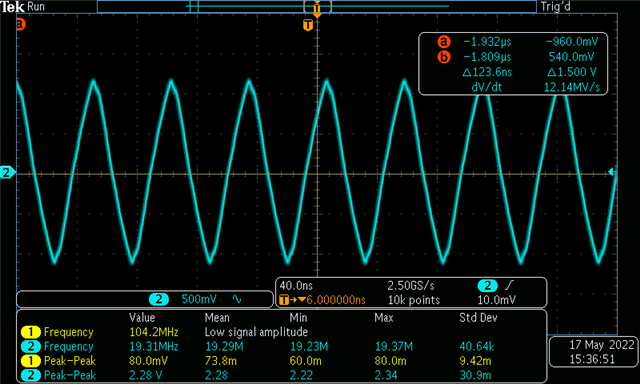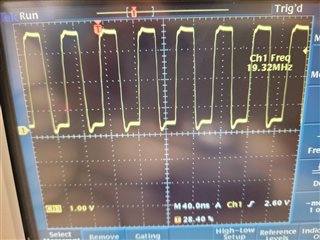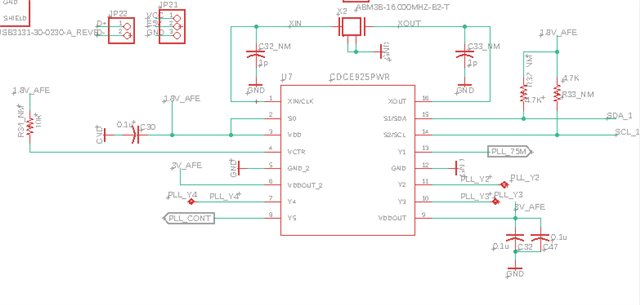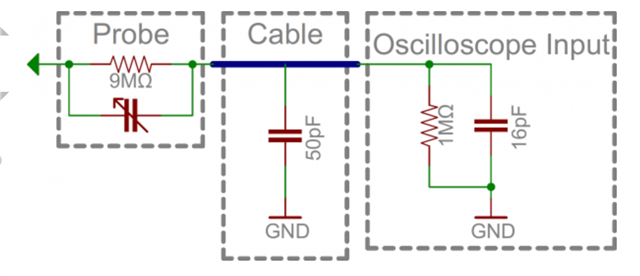Hello.
I was able to get the desired frequency output in pll, but the output wave resembles more of a triagnlish sine wave. I was expecting more of a square wave output.
Would there be a way to fix this problem?
My input crystal frequency is 16.00MHz, and output frequency is 19.3MHz
I used the TI-clock pro program to generate the each register bits, and I programmed it through I2C programming port.
Thanks a lot in advance





